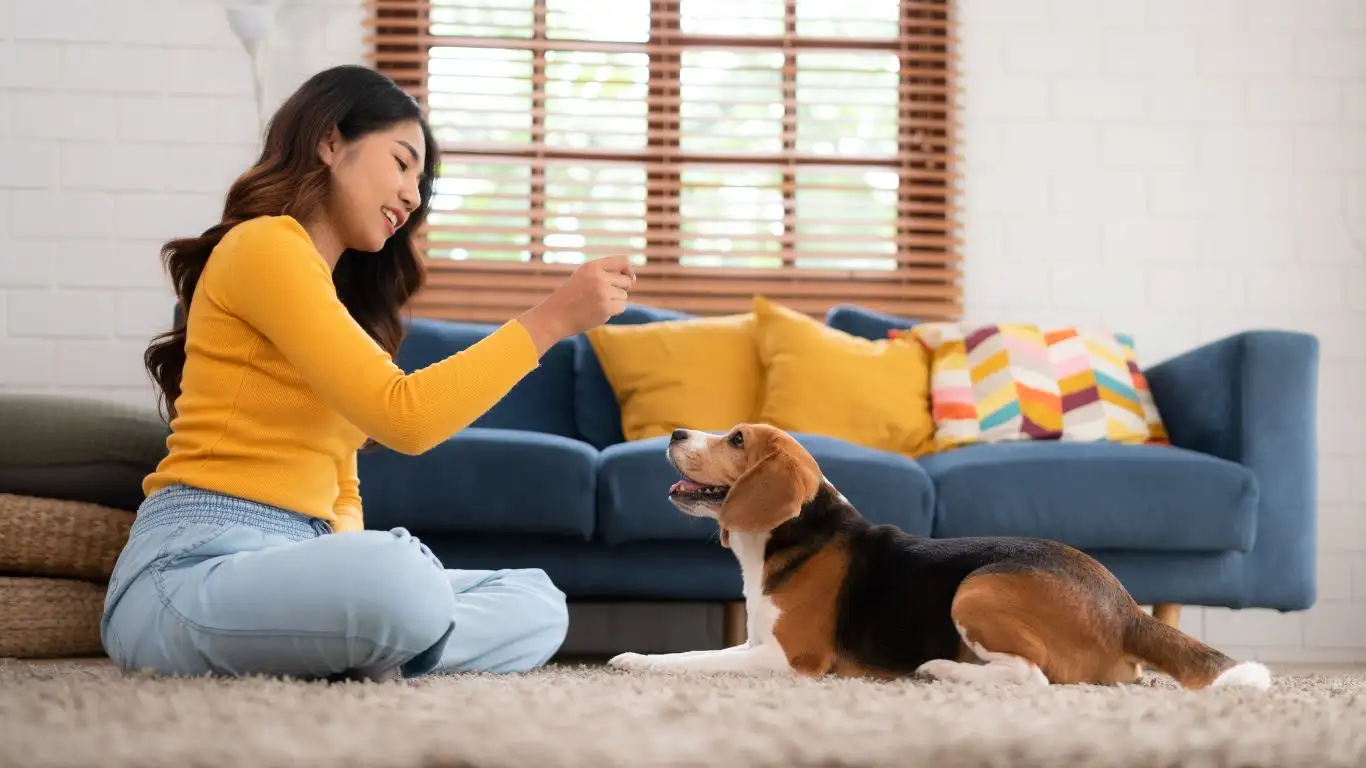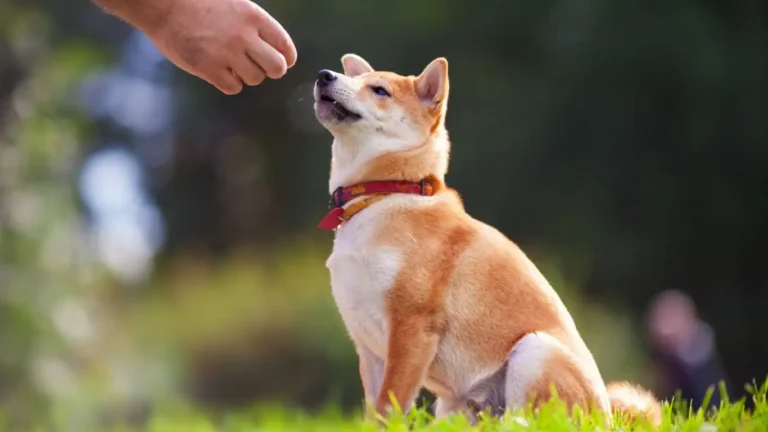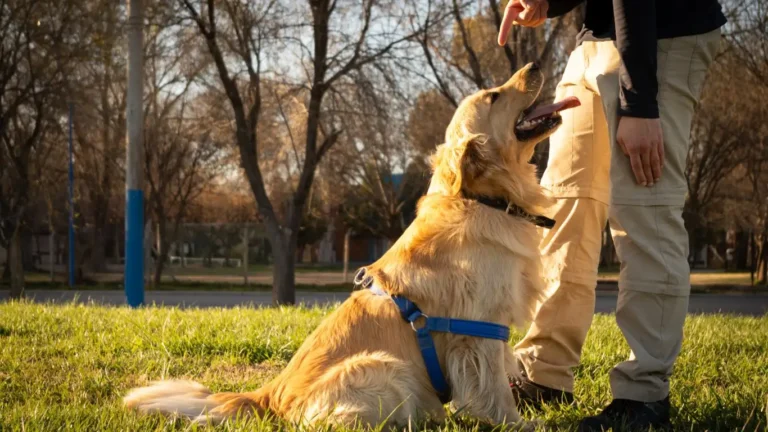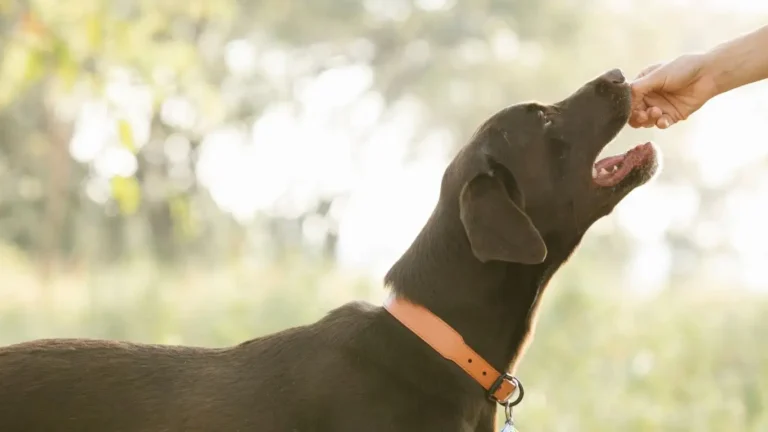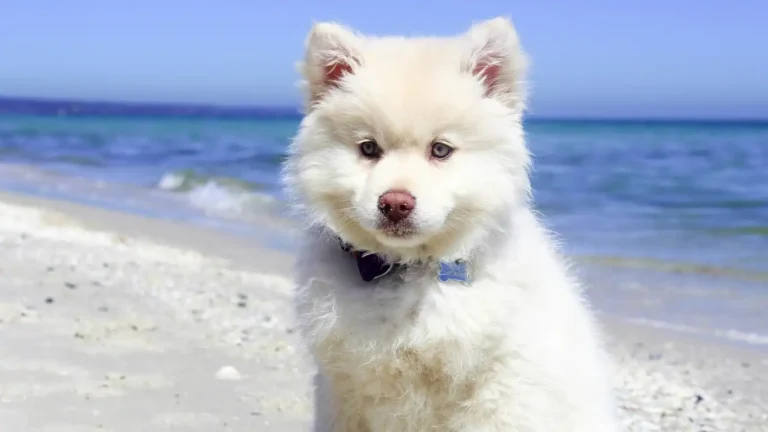How to train a dog to tolerate face touching calmly and confidently
Training a dog to tolerate face touching isn’t something many people think about until they’re faced with the challenge firsthand. As a Canine-Assisted Therapy Trainer, I’ve worked with dozens of dogs who initially squirmed or even reacted nervously when touched on their face. But with patience, understanding, and the right techniques, you can help your furry friend become comfortable with this sensitive area. Whether you want your dog to calmly accept a quick pat or more frequent touch during grooming or vet visits, learning how to train a dog to tolerate face touching is a skill that pays off in trust and calmness.
Why Is Face Touching Difficult for Many Dogs?
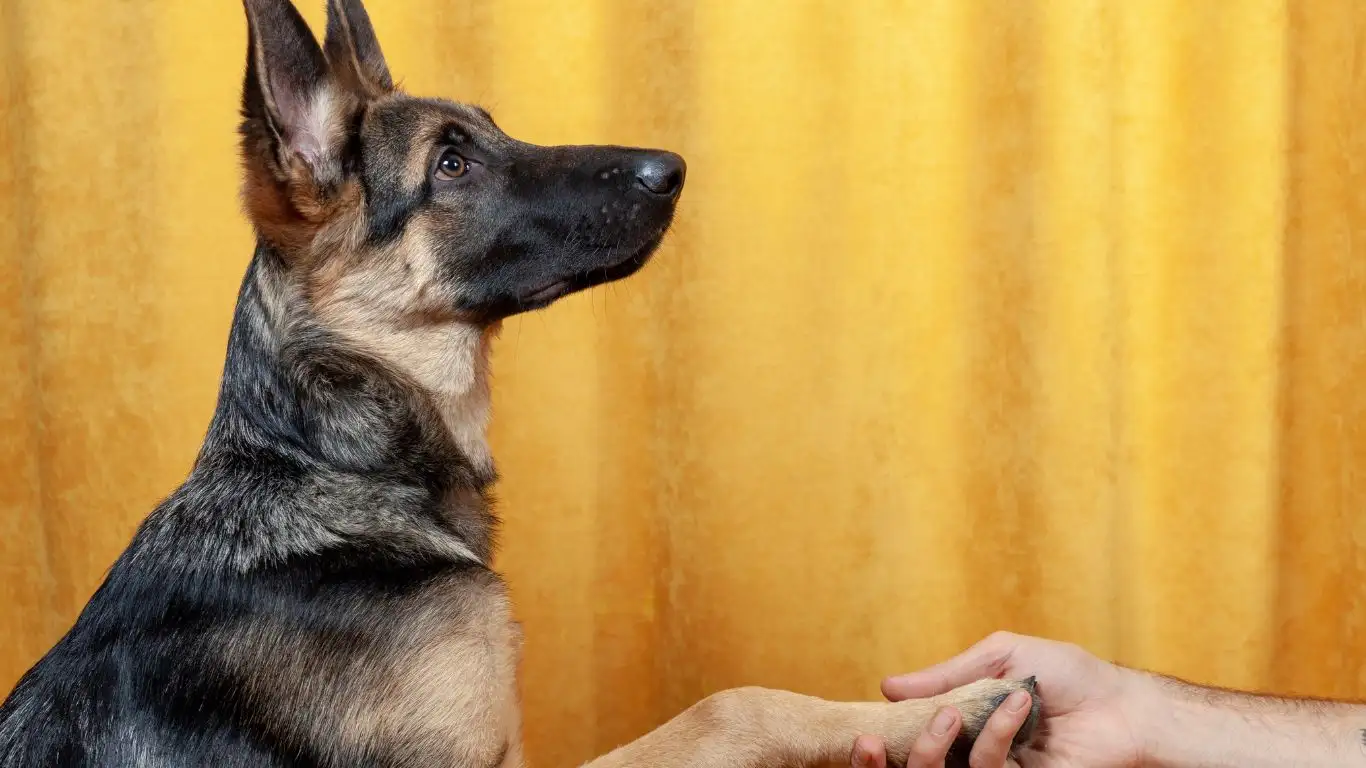
From my experience, the face is one of the most vulnerable spots for dogs. Unlike petting the back or sides, face touching is more invasive and can feel threatening, especially if the dog hasn’t been gradually introduced to it. Dogs rely heavily on their facial expressions and senses — it’s their way of reading the world and communicating. So, naturally, they can be cautious or defensive when someone tries to touch their face.
Another reason some dogs resist face touching is due to negative past experiences or lack of early socialization. A dog that wasn’t accustomed to gentle handling as a puppy might see face touching as unpredictable or uncomfortable. This is why the method and timing of introducing face touching are crucial.
How to Train a Dog to Tolerate Face Touching: The Basics
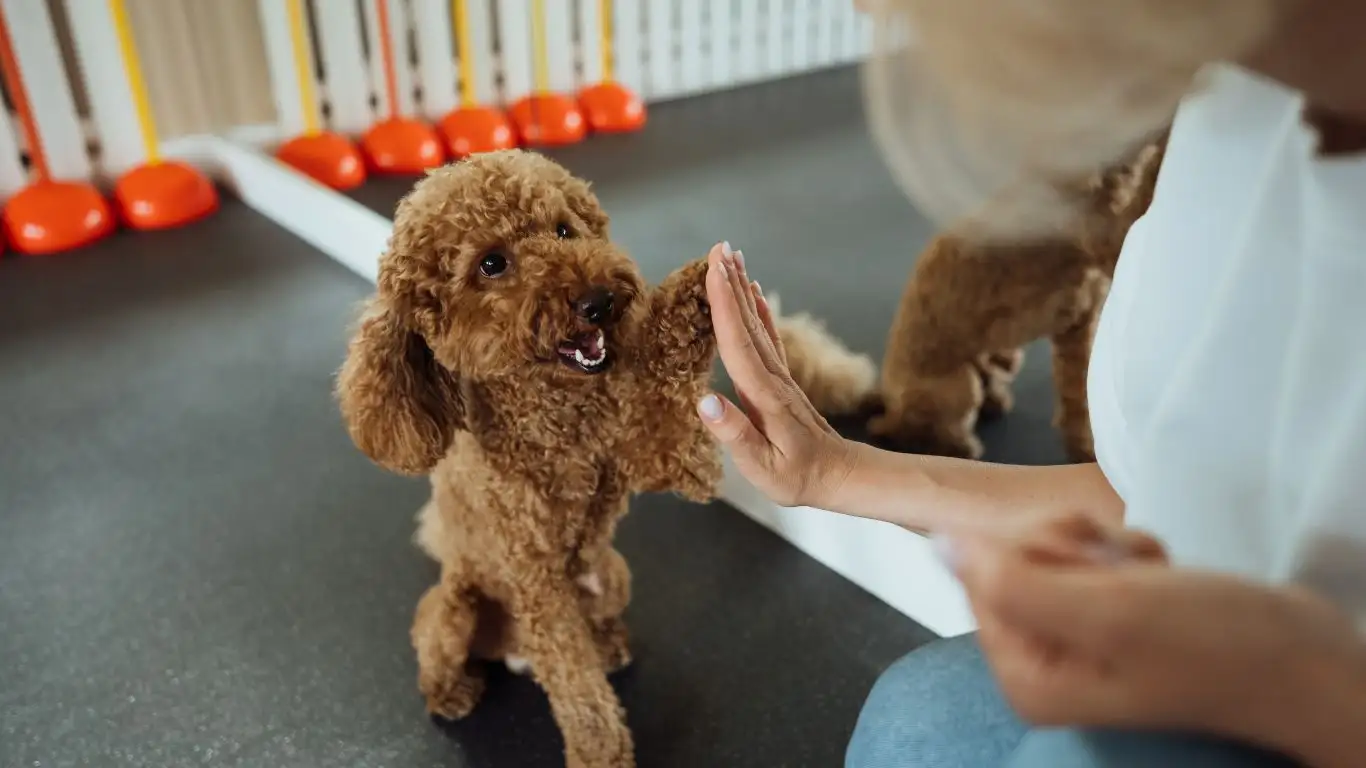
When starting out, the goal is simple: associate face touching with positive experiences. Over time, your dog learns that face touches don’t just feel safe but actually bring rewards.
Step 1: Create a Calm Environment
Dogs pick up on your energy, so if you’re anxious or rushing, it’ll reflect in your dog’s behavior. I always recommend starting sessions in a quiet, familiar space where your dog feels relaxed.
Step 2: Use High-Value Treats
Find treats that your dog absolutely loves — something special they don’t get all the time. I’ve found that pairing face touches with a tasty treat instantly piques their interest and creates a positive association.
Step 3: Start Slowly with Minimal Contact
Instead of diving straight into touching the entire face, begin with small steps. For example, lightly touch the side of their muzzle or gently rest your hand near their face without actually touching. Then, immediately reward.
- Hold a treat near their nose to keep their focus.
- Lightly touch the cheek or chin for a brief moment.
- Reward and praise enthusiastically.
- Repeat and gradually increase the duration of the touch.
Throughout this process, keep an eye on your dog’s body language — relaxed ears, soft eyes, and calm breathing are signs you’re on the right track.
Common Mistakes to Avoid When Training Face Tolerance
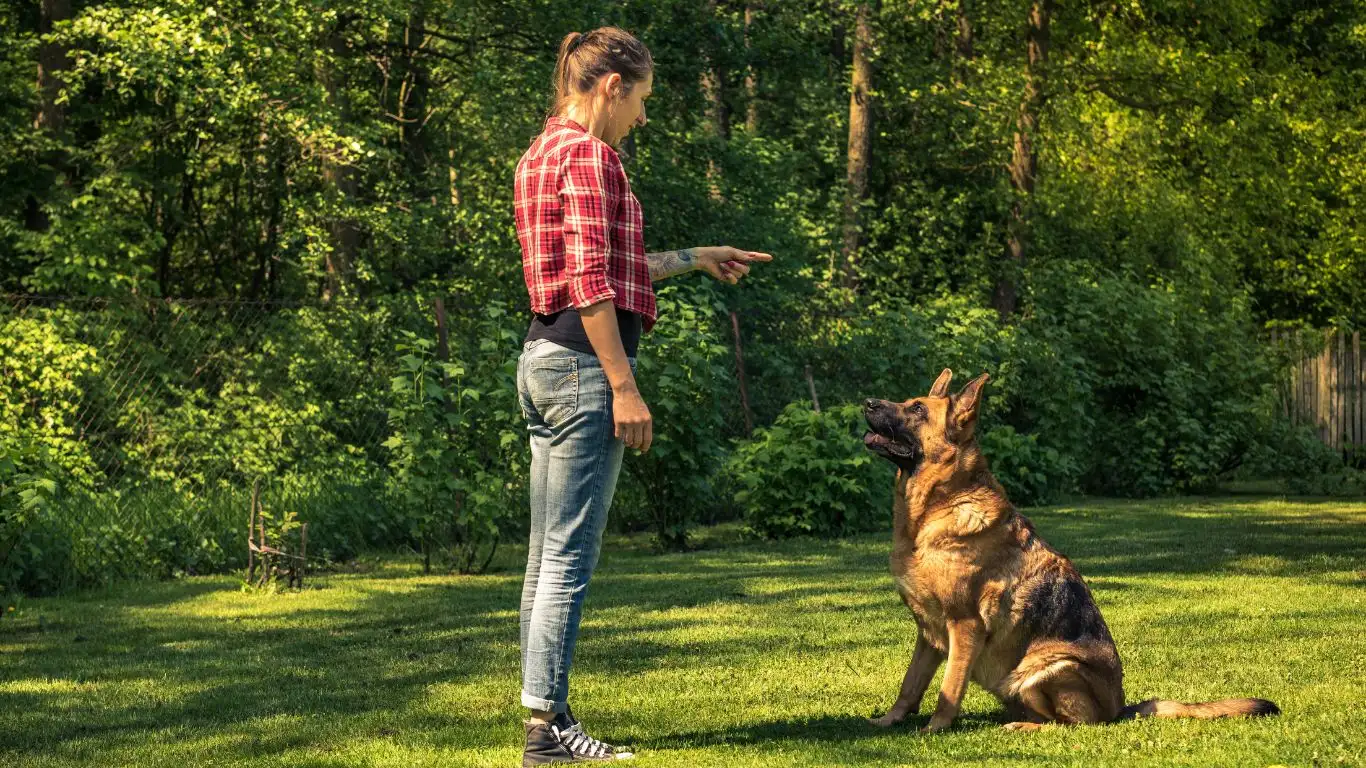
Even with the best intentions, it’s easy to make errors that could set back progress. Here are a few pitfalls I’ve seen repeatedly and learned to avoid:
- Forcing the touch: Pressuring a dog to accept face touching before they’re ready can increase fear or aggression. Patience is key!
- Skipping gradual steps: Trying to touch the whole face at once is overwhelming for most dogs. Break it down.
- Ignoring stress signals: Signs like lip licking, yawning, or turning the head away mean your dog needs a break or slower pacing.
- Inconsistent training: Regular short sessions work better than long, sporadic ones.
Based on years of working with therapy dogs, consistent, gentle practice paired with positive reinforcement is what transforms hesitant dogs into comfortable companions when it comes to face touching.
Building Confidence: Gradual Desensitization Techniques
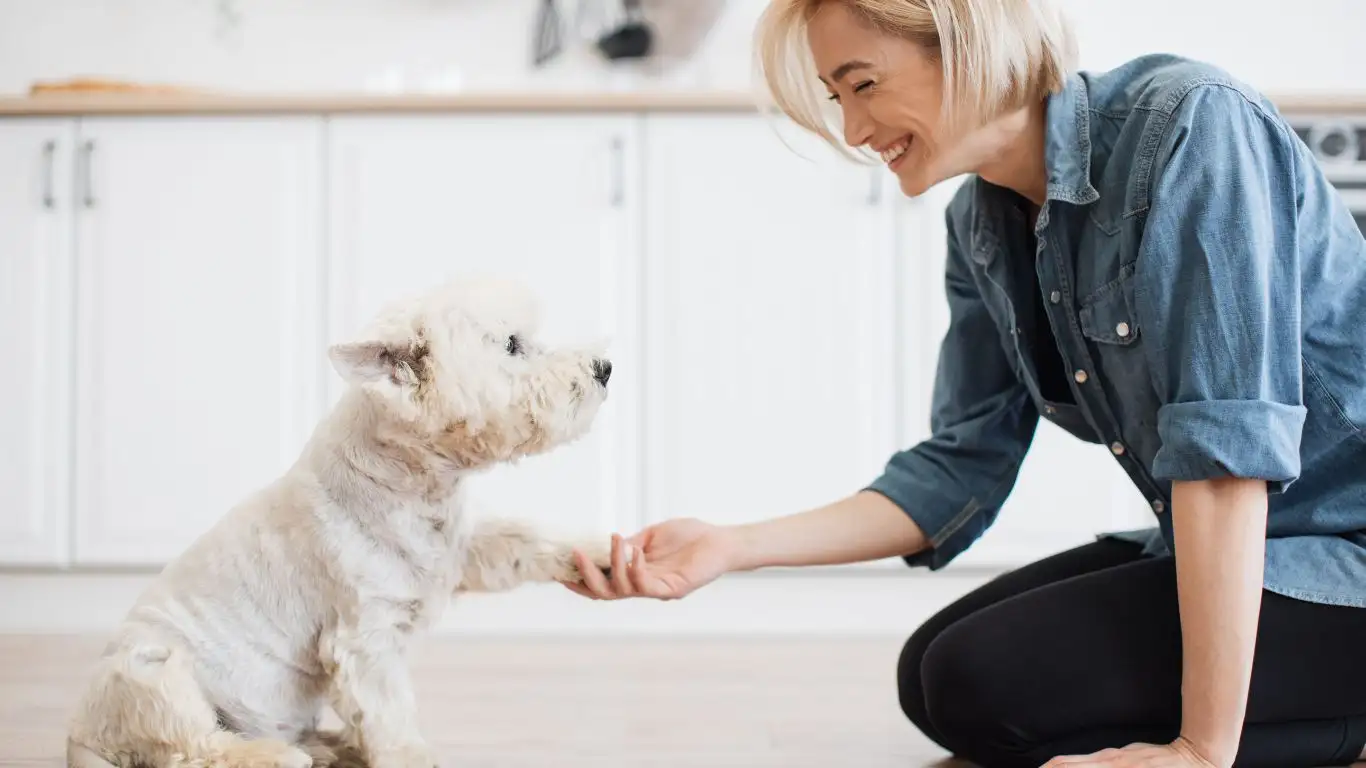
Once your dog starts to tolerate light face touches, the next step is to gradually increase their comfort level through desensitization. This process is all about gently exposing your dog to more prolonged or varied touches without triggering stress or discomfort. I’ve found this to be a game-changer for many therapy dogs who initially flinched or pulled away when faced with anything beyond a quick tap.
Here’s a little trick I personally use: think of it like a game of “touch and treat” where each contact point on the face is introduced in a relaxed, reward-based manner. You want your dog to think, “Hey, when my human touches my face, good things happen!” It’s not about rushing but about layering positive experiences.
Start With What Your Dog Accepts
Some dogs are more okay with certain parts of their face being touched first—like the chin or sides of the muzzle—while others might be more comfortable around the cheeks or forehead. Observe your dog carefully and start where they’re naturally less reactive.
- Touch gently for a second or two.
- Immediately follow up with praise and a treat.
- Repeat this multiple times in a session, but keep the sessions short to avoid overwhelm.
Each session should end on a positive note. If your dog shows any signs of tension—like stiffening or pulling back—ease off and return to a previous step where they felt safe.
Vary the Touch and Timing
Once your dog is okay with brief touches, slowly increase the duration and vary the touch. This might mean holding your hand on their cheek a little longer or lightly cupping their chin. The goal is to help your dog build tolerance and trust, so mixing things up keeps it interesting and realistic.
And trust me, consistency is the secret sauce here. I always encourage dog owners to practice these steps daily, even if it’s just for 5-10 minutes. It keeps the progress steady without wearing out your dog or you.
Incorporating Face Touching Into Daily Routines

One of the biggest lessons I’ve learned from my canine-assisted therapy work is that training isn’t just about isolated sessions — it’s about weaving new skills into everyday life. This is especially true when training how to train a dog to tolerate face touching.
Face touching can and should become a normal part of your daily interaction with your dog. Here are some practical ways to include it naturally:
During Grooming
Grooming sessions offer a perfect opportunity. When brushing around the face or cleaning ears, use your training techniques—slow, gentle touches followed by treats. Over time, your dog will start associating grooming with comfort and rewards rather than stress.
Before Vet Visits or Medical Care
Veterinary visits are a common cause of anxiety linked to face touching. Preparing your dog at home by practicing face touches can reduce fear and resistance when it’s time for exams or medication. I often tell owners to simulate these touches to mimic vet procedures but always paired with positive reinforcement.
Play and Affection
Face touching can also be part of your bonding moments. Whether it’s a gentle scratch behind the ears, a soft rub on the cheeks, or a quick kiss on the forehead, these touches reinforce trust and affection. Just keep the pace and intensity tuned to your dog’s comfort level.
What to Do When Your Dog Resists: Handling Pushback With Care
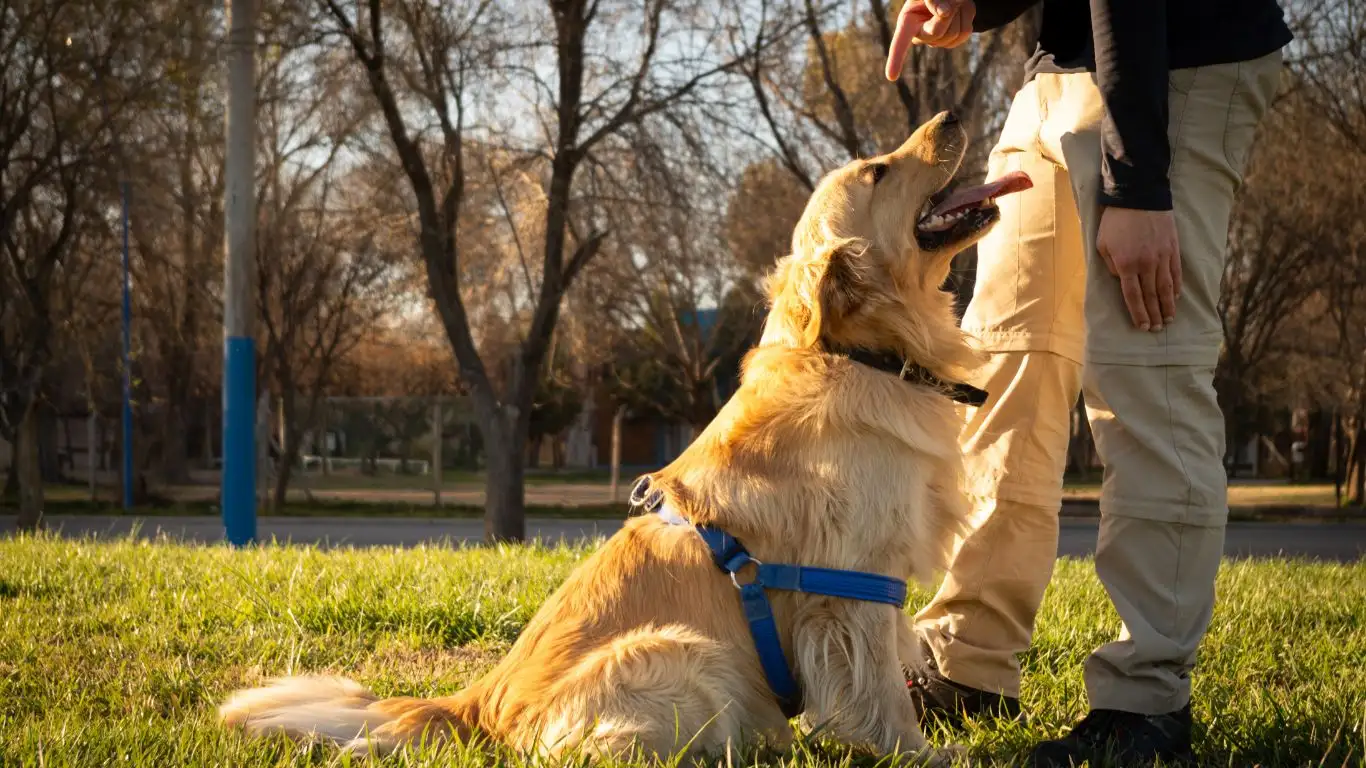
Even with all the patience and positive techniques in the world, some dogs will resist or even react negatively to face touching at times. This is totally normal. Dogs have their own personalities, past experiences, and comfort zones — and sometimes, they just need a little extra time or a different approach.
Here’s what I usually recommend when facing resistance:
- Respect their boundaries: If your dog is clearly uncomfortable—pulling away, growling, or tensing up—don’t push. Back off to a point where they feel safe and try again later.
- Break it down further: Maybe touching the whole cheek is too much, but touching a small spot near the mouth is okay. Go smaller and build from there.
- Use distraction wisely: Sometimes gentle distractions like soft talking or using a favorite toy nearby can ease tension during training.
- Consult a professional: If resistance turns into aggressive behavior or anxiety that feels unmanageable, a professional trainer or behaviorist can provide tailored guidance.
Through years of hands-on work, I’ve seen that patience, empathy, and consistent positive reinforcement are what help dogs overcome their fears. Remember, it’s not about forcing compliance but building trust. That trust is the foundation for any successful training—especially when it comes to something as personal as face touching.
Advanced Tips for Strengthening Face Touch Tolerance
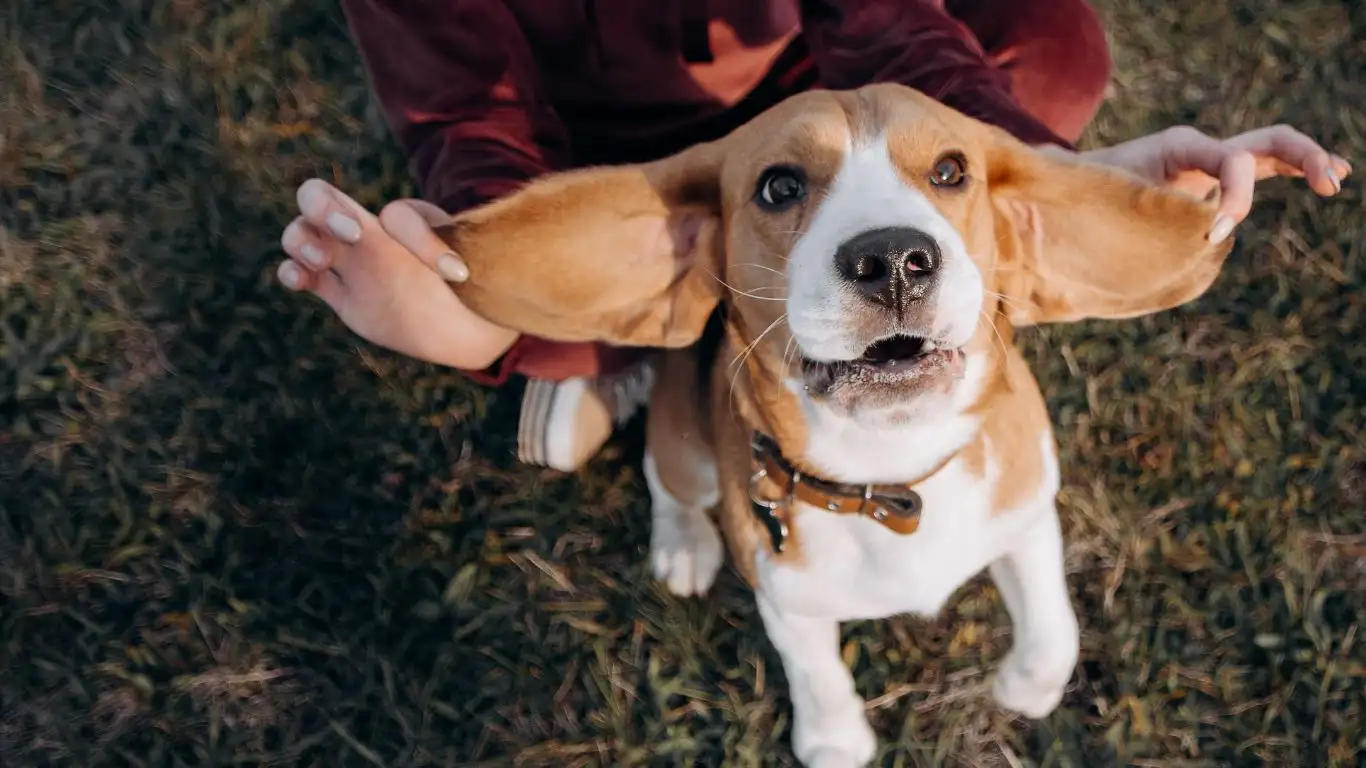
By the time you’ve reached this stage, your dog is likely more comfortable with face touching, but there’s always room to deepen that trust and tolerance. Over the years as a Canine-Assisted Therapy Trainer, I’ve discovered some handy advanced techniques that help solidify this skill and make it part of your dog’s natural comfort zone.
Incorporate Touch During Relaxed States
One of the best times to practice is when your dog is already calm or even sleepy—think cuddle sessions on the couch or quiet downtime after a walk. When a dog is relaxed, they’re far more receptive to new sensations, including face touches.
I like to gently rest my hand on a dog’s muzzle or forehead during these moments without any sudden movements. If they stay calm, I reward with soft praise or a small treat. This low-pressure approach helps your dog associate face touching not only with rewards but also with comfort and security.
Use Verbal Cues and Body Language
Adding a verbal cue like “face” or “touch” before you reach to touch your dog’s face helps build clarity and predictability. Dogs thrive on routine and knowing what’s coming next.
Try pairing the cue with the touch and a treat. Over time, your dog will learn to anticipate the touch and react calmly. This cue can become especially useful during vet visits or grooming.
Also, pay attention to your own body language — approaching slowly, making gentle eye contact, and using a soft tone helps your dog feel safe and respected.
Practice Different Types of Face Touches
It’s not just about stroking the cheeks or chin. Face touching can include gentle taps, scratches behind the ears, or light massages around the jawline. Varying your touch methods keeps your dog engaged and helps them get comfortable with different sensations.
- Soft rubs on the forehead.
- Gentle scratches behind the ears.
- Light taps on the muzzle or chin.
Mix these in your training sessions to cover a range of experiences, which can help your dog stay calm during unpredictable situations.
Real-Life Stories: How Face Touch Training Helped My Therapy Dogs
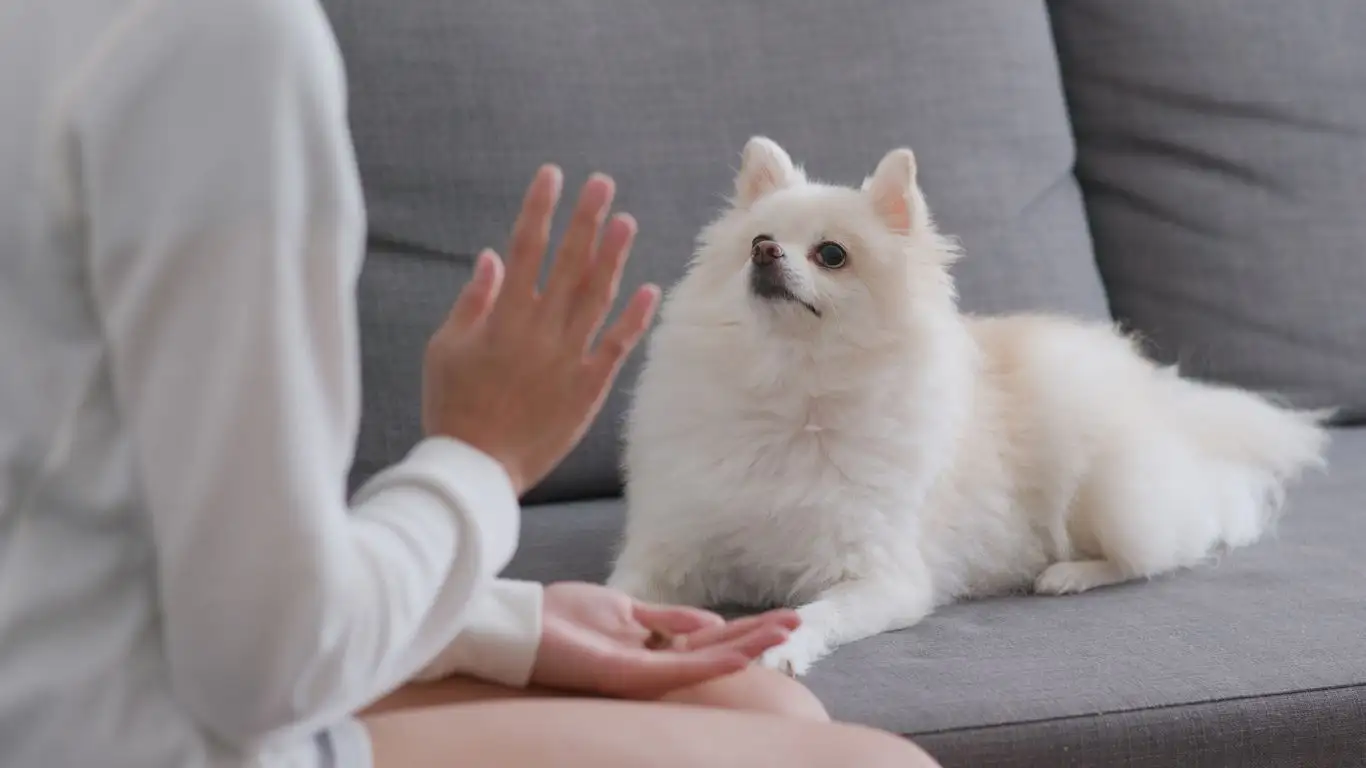
To give you a real sense of how powerful this training can be, let me share a couple of stories from my own journey as a therapy dog trainer. One of my earliest therapy dogs, Luna, was initially very sensitive to face touching. During our first sessions, she would pull away whenever I tried to touch her muzzle or forehead. Instead of pushing, I started small — just resting my hand near her cheek, then lightly touching for a second, always paired with treats and calm praise.
After a few weeks, Luna was happily allowing me to gently hold her face, which was essential during therapy visits where close contact was unavoidable. The transformation not only improved her comfort but also deepened our bond.
Another dog, Max, was a rescue with a history of anxiety. Face touching was almost impossible at first. Through consistent, gentle desensitization and incorporating touch into daily play and grooming, Max learned to relax when I touched his face, even during stressful situations. This progress was crucial for his work visiting hospitals and schools, where calmness is key.
These stories highlight a simple truth I’ve learned over and over: every dog’s journey is unique, but patience, respect, and positive reinforcement pave the way to success.
Helpful Tools and Products to Support Face Touch Training
Sometimes, the right tools can make the process smoother. While nothing replaces your gentle hands and calm demeanor, a few products have proven useful in my practice and that of other professionals:
- Soft grooming brushes: Using gentle brushes around the face helps your dog get used to touch in a fun, non-threatening way.
- Treat dispensers: Interactive treat toys keep your dog engaged and create positive associations during training.
- Calming aids: Products like anxiety wraps or calming sprays can help especially nervous dogs during sessions.
Always choose products recommended by trusted professionals and observe your dog’s reaction closely to ensure comfort and safety.
References and Further Reading
- https://www.aspca.org/ – American Society for the Prevention of Cruelty to Animals
- https://www.avma.org/ – American Veterinary Medical Association
- https://www.apdt.com/ – Association of Professional Dog Trainers
Disclaimer
The information shared here is based on my personal experience as a Canine-Assisted Therapy Trainer and general best practices in dog training. Every dog is unique, and some may require individualized training plans or professional help, especially if they exhibit signs of aggression or severe anxiety. Always consult with a qualified trainer or veterinarian if you have concerns about your dog’s behavior or health.
